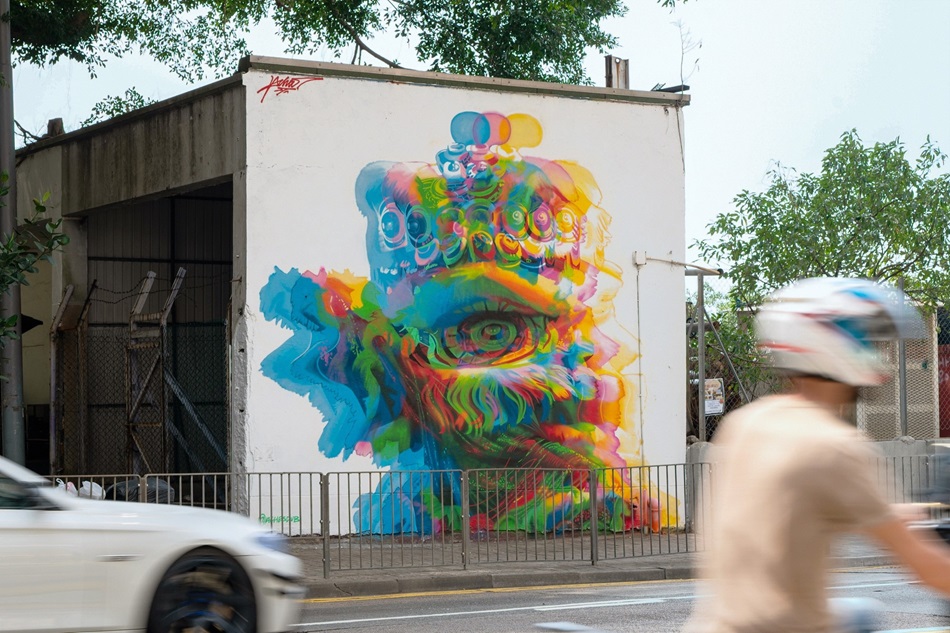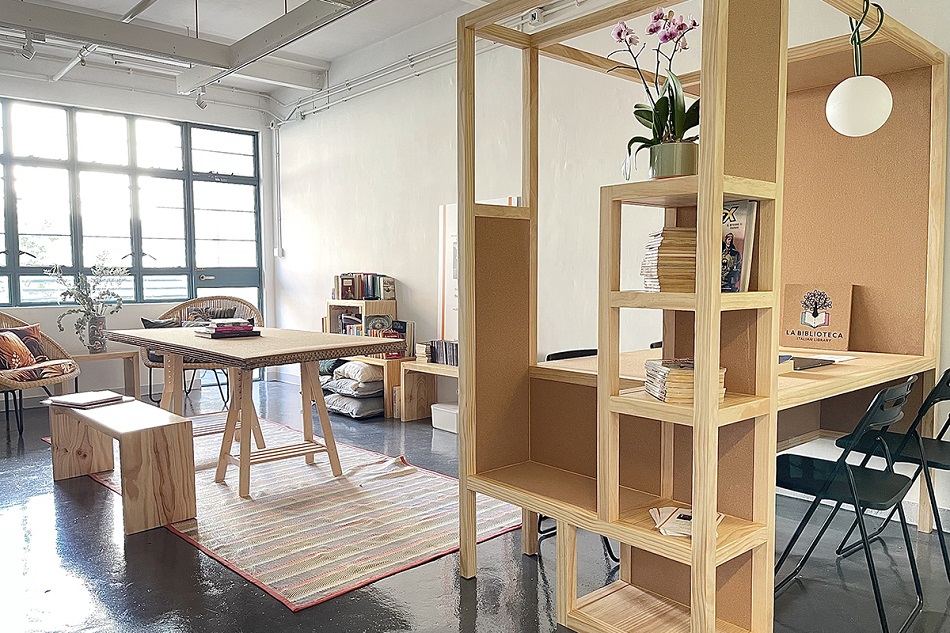Design Feature #15
Persona-city: When cities become brands
City Branding
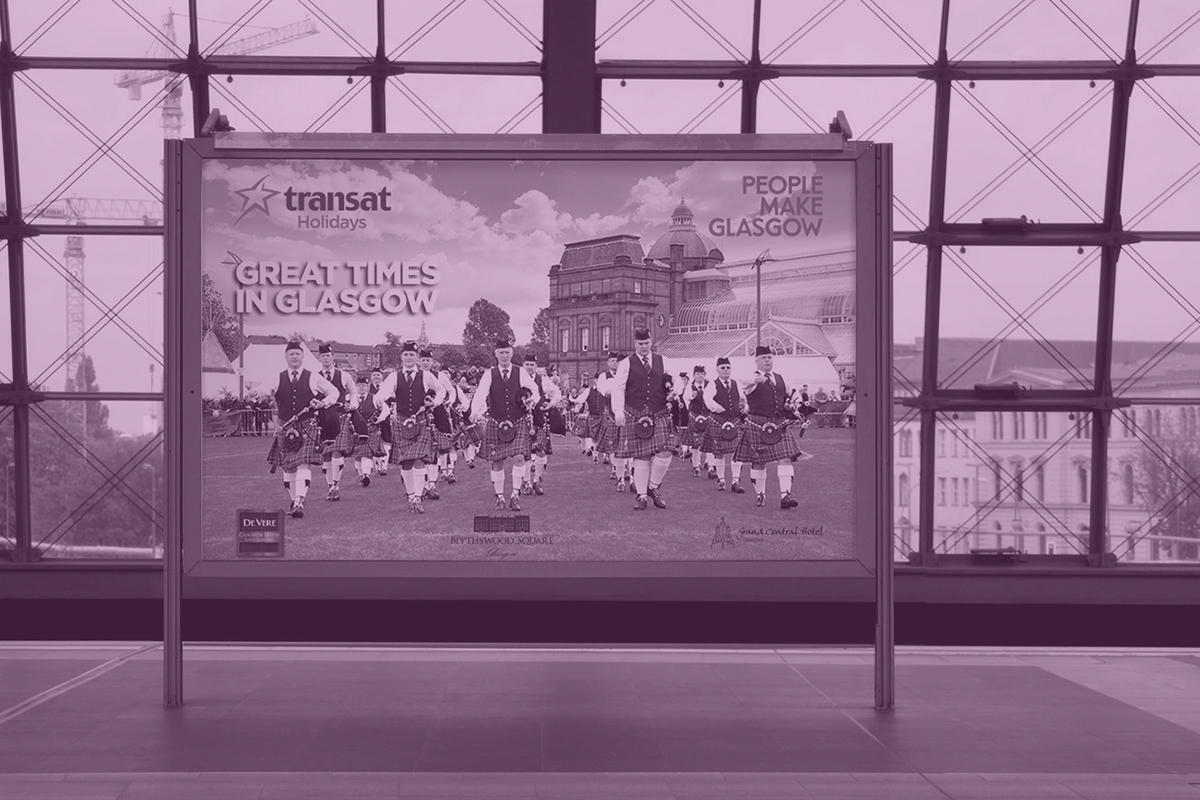
Written by RMM
It’s no surprise that everyone these days understands the power of a strong visual identity. Brands like Apple, Google, LEGO, and Virgin have made it much easier for the public to understand that tweaking a logo or updating a font is more than just a cosmetic change. Injecting personality into a brand adds value and differentiates it from the competition. The democratisation of design has brought about a new generation who has become design-savvy, and more conscious towards branding in general. So what about the cities they live in?
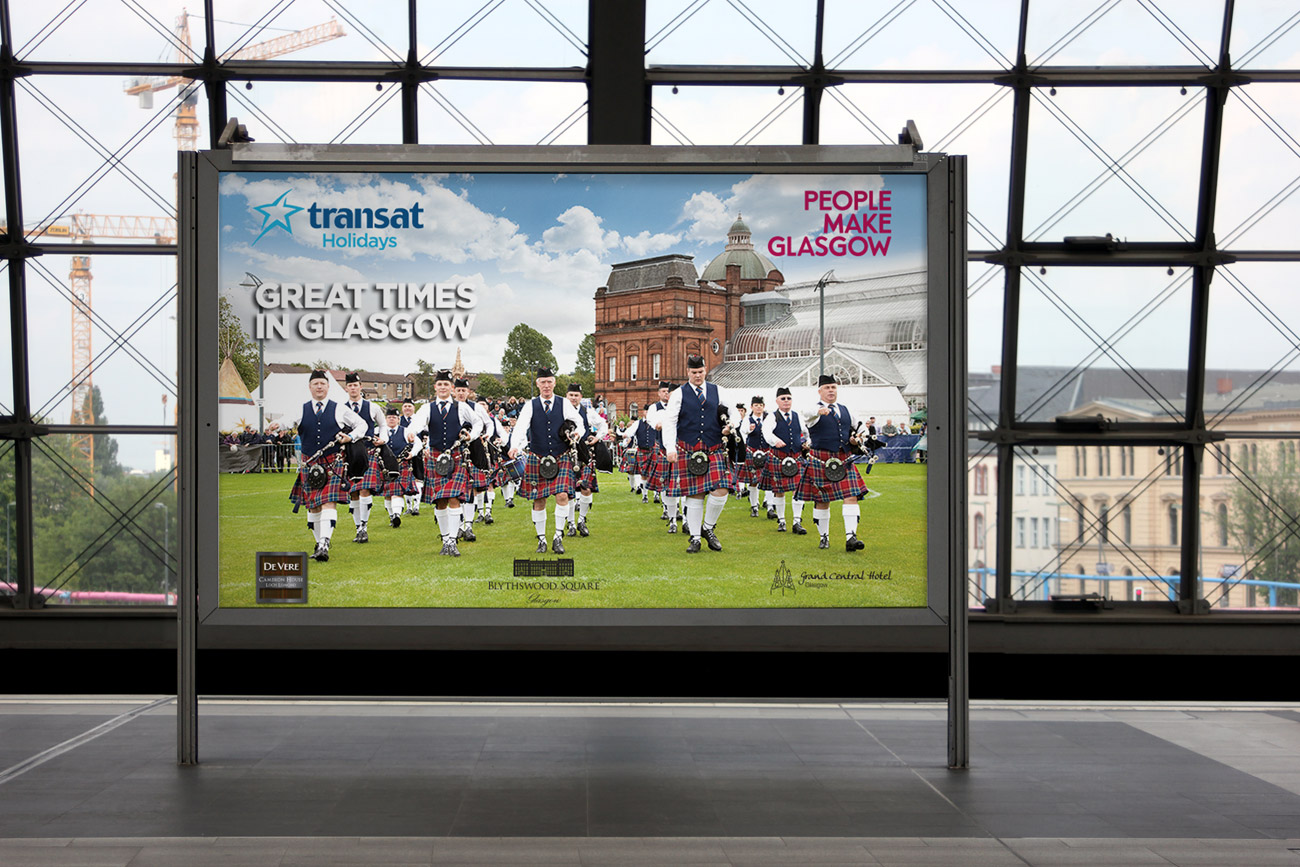
Glasgow’s branding campaign / Image from People Make Glasgow
These days, we’re all about cities. But it gets even more complex in today’s hyper-connected world, where the next metropolis is but a plane ticket or internet connection away, cities are starting to realise they're becoming mere stopovers - temporary hubs where crowds transition from job to job, one dream to the next. People come and go, but cities now need to find ways to make them stay.
A city with a distinct personality is like a strong commercial brand,distilling all of its heritage, voices, and ambitions into a condensed, attractive concept. Take Singapore’s Your Singapore brand campaign for example:
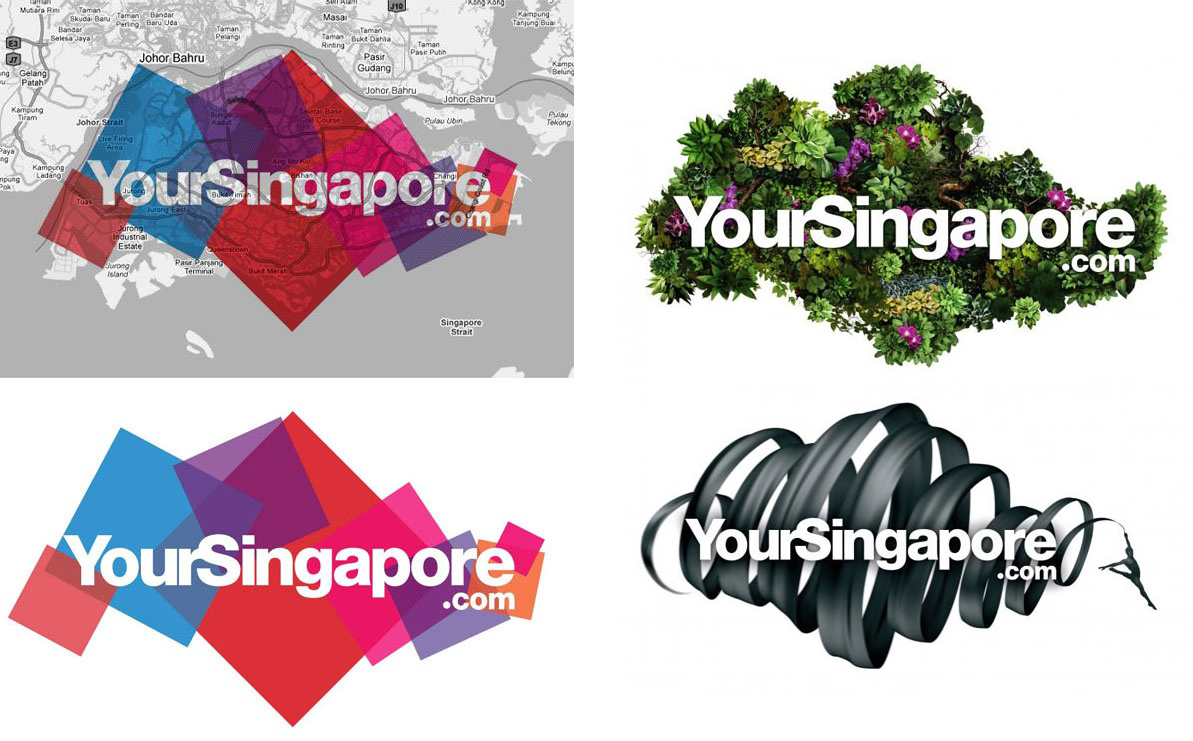
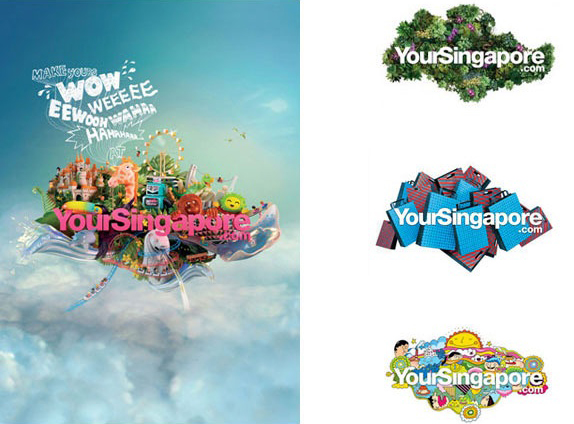
Singapore’s official tourism visual identity
Image from Under Consideration
The Your Singapore campaign strives to show the city as multi-faceted, emphasised by the logo’s ‘template’ that’s easily personalised according to each visitor’s needs and wants. It doesn’t shove a monolithic Singaporean identity down visitors’ throats, but suggests the idea that there can be a multitude of ‘Singapores’. For a city that wants to be everything at once, this is perhaps the best way to brand itself.
This sort of multi-faceted approach to city branding is popular, with many other cities adopting a similarly customisable identity. Bologna uses a generative emblem that morphs according to the city’s features. The city of Melbourne is another example of this system, with different textures and patterns filling up the logo depending on the situation.
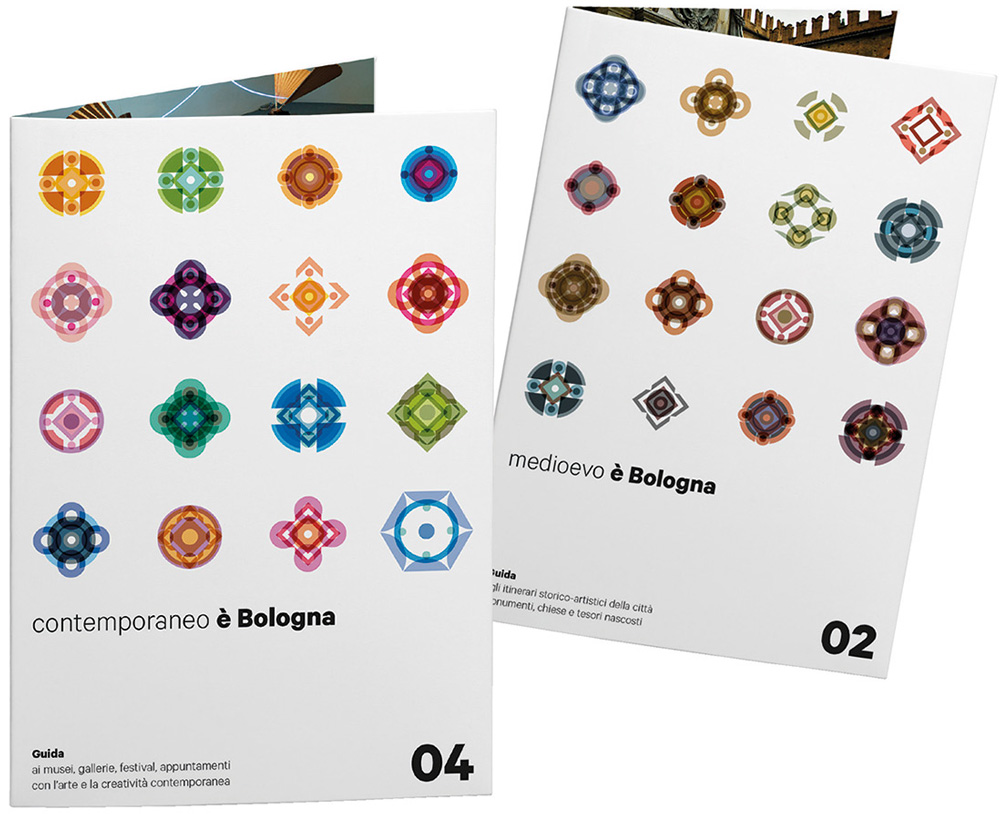
Branding for Bologna, Italy
Image from Under Consideration
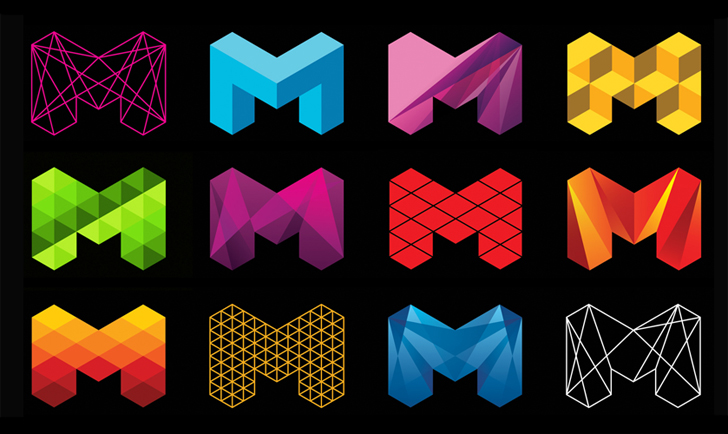
Visual identity for Melbourne, Australia
Image from Under Consideration
Aside from attracting tourists, cities also use branding as a cultural (and often socio-political) tool to attract the types of people whom it deems valuable to its development and growth. European countries seem to do this best, with Berlin, Copenhagen and Lyon being the front-runners in embracing city branding as a means of appealing to industry. ‘be Berlin’ , ‘cOPENhagen’, and ‘Only Lyon’ are great examples of how cities are investing in crafted narratives about what they can offer for new residents and industries.
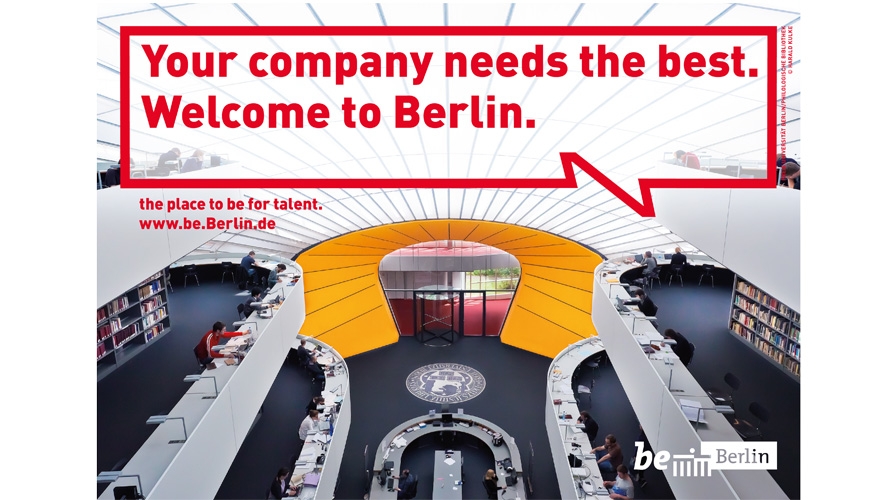
An example of the be Berlin campaign / Image from be Berlin

Copenhagen’s campaign focuses on how residents and industries can benefit from its openness / Image from Brand Copenhagen
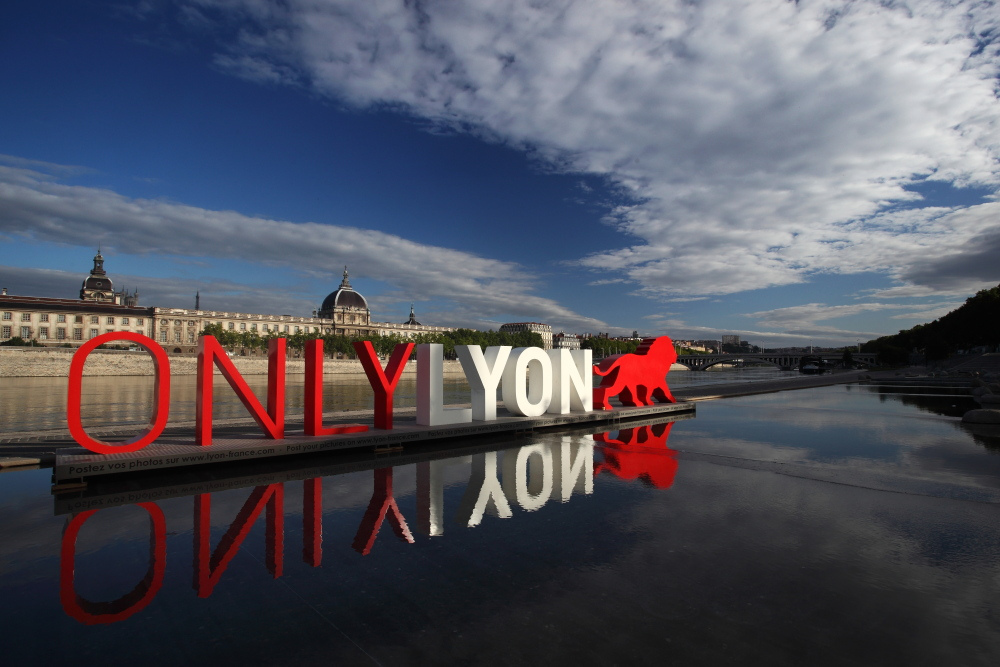
ONLYLYON champions its reputation as a global, dynamic and innovative city / Image by Damien via Flickr
Likewise, city branding is also a way to bring out the aspirational qualities that its existing inhabitants desire or take pride in. This sort of branding makes tourism romantic, makes visitors want to linger longer.
In recent years, Amsterdam has sought to shed its image of a liberal attitude towards soft drugs and prostitution, and become better known as a city for culture. Their branding campaign ‘I amsterdam’ eschews past slogans which only focused on single target groups, and instead adopted a tagline which citizens be proud of!
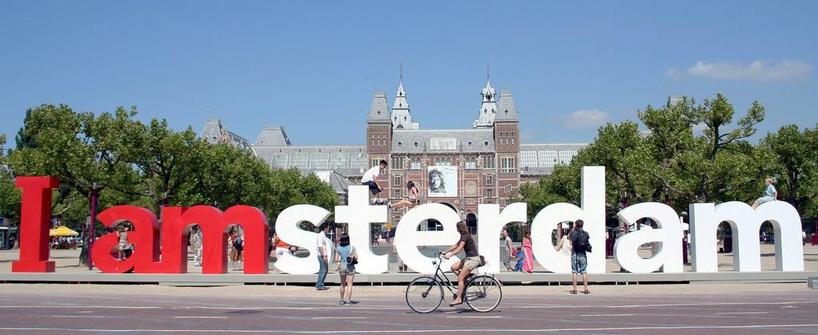
I amsterdam became a great rallying point on social media platforms / Image from www.iamsterdam.com
Another ways cities have taken urban planning and city branding to the next level, is with place characters (gotouchi kyara ご当地キャラ). These adorable, anthropomorphic characters represent their cities by highlighting outstanding qualities of the area. They’re extremely valuable when used properly, as they're not only cost-effective, but also possibly an advantage to the local economy. Kumamon, the mascot for Kumamoto City, Japan, is one such example. Mascot designs (Kumamon not included) are often crowdsourced from the city’s residents, thereby promoting residential interaction, civic ownership, and a sense of belonging. They often take visual and cultural cues from their cities: Kumamon’s squishy red cheeks represents Kumamoto’s famous ‘red’ produce; Funasshi of Funabashi City references the city’s famous pears.
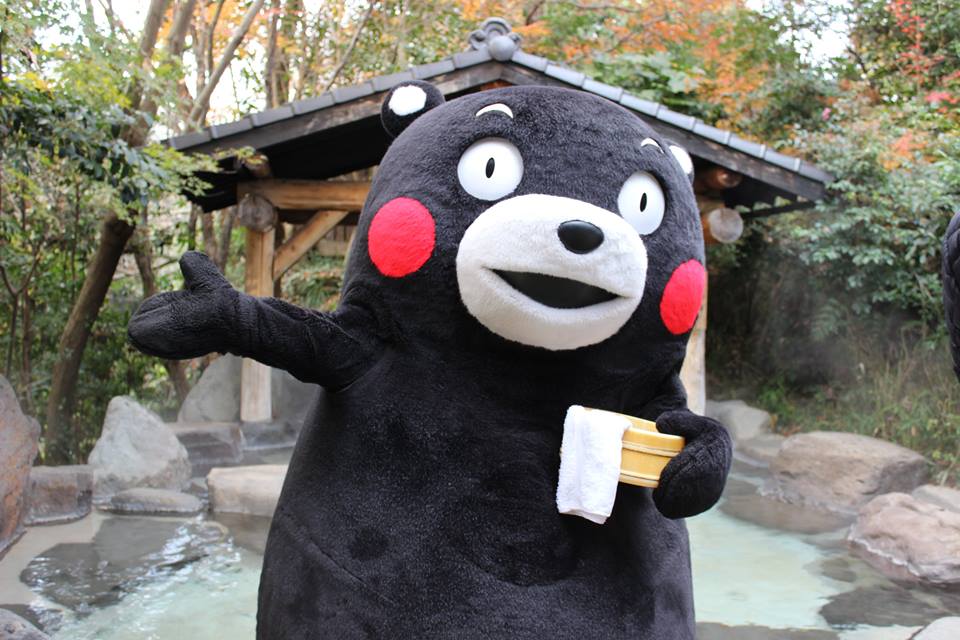
Kumamon/ Image by KUMAMON Facebook
Branding helps cities stay relevant, steps ahead, and therefore attractive even as the times rapidly change. As more cities around the world embark on self-promotion, they should keep in mind that city branding is not simply a fancy logo, catchy slogan or glitzy marketing campaign. Cities are not throwaway products, so the mark of a branded city should be one that expresses timelessness and matures gracefully.

